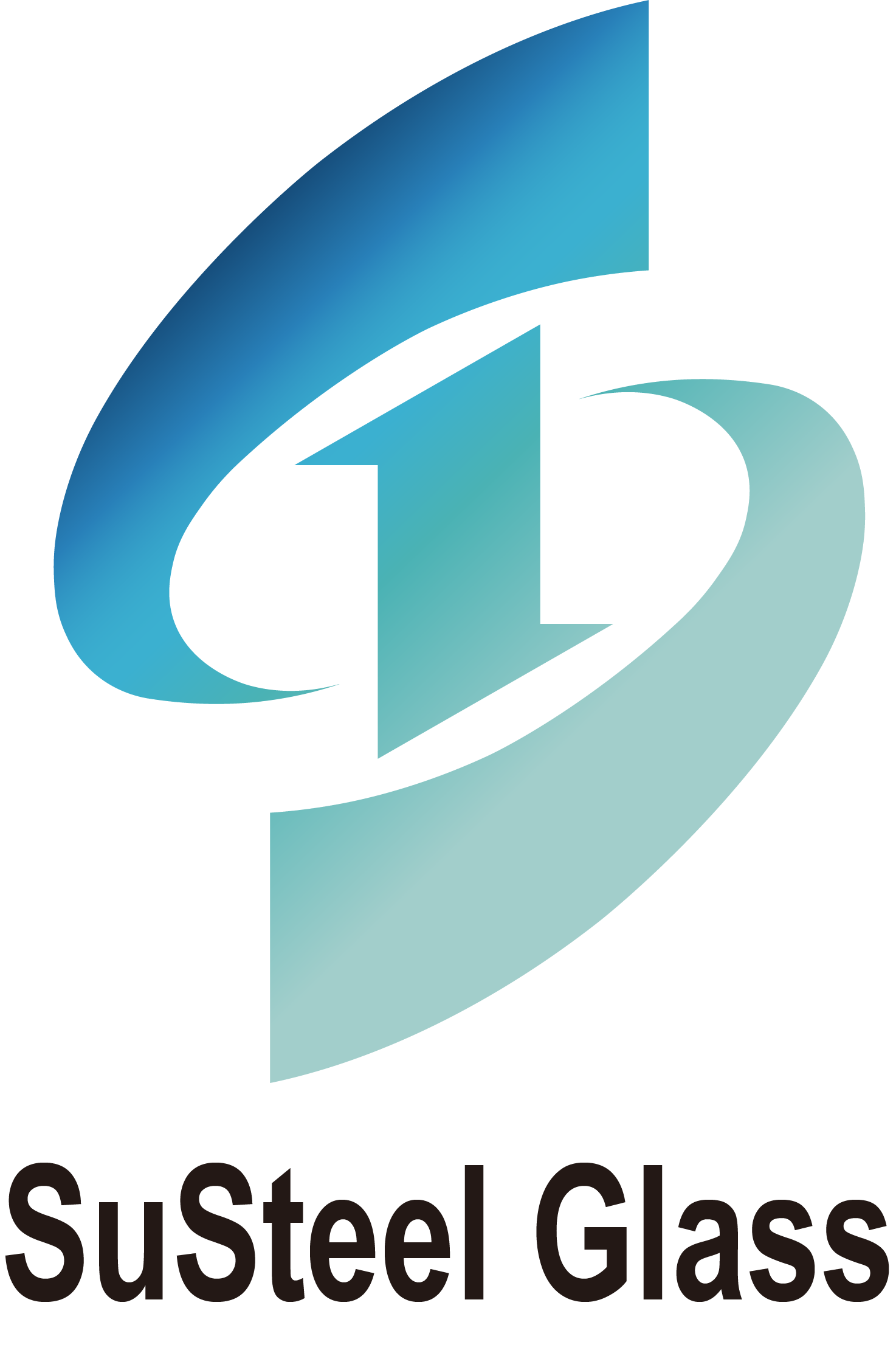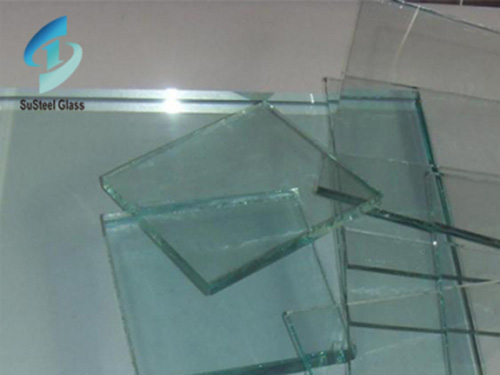
Glass substrate is one of the essential parts of liquid crystal panel, a liquid crystal panel needs to use two glass substrate, respectively as the bottom glass substrate and color filter plate. The quality of glass substrate has an important effect on the resolution, transmittance, thickness, weight and visual Angle of the finished panel.
The upstream raw materials of glass substrate are mainly some basic chemical raw materials, including quartz powder, strontium carbonate, barium carbonate, boric acid, boron anhydride, alumina, calcium carbonate, barium nitrate, magnesium oxide, tin oxide, zinc oxide, etc., and the downstream application is mainly LCD panel.
From the development trend of glass substrate, high generation and thinness are the main trends of glass substrate in the future. Glass substrate needs to be matched with the downstream TFT-LCD panel production line. The development of TFT-LCD panel production line to the high generation line determines the same development trend of glass substrate production line.
In addition, mobile terminal display products for TFT-LCD panel light and light requirements are increasing. Among the factors affecting the thickness of TFT-LCD panel, the thickness of glass substrate is particularly critical. Under the active promotion of TFT-LCD panel manufacturers, the thickness of 8.5 generation glass substrate products has entered the level of 0.5mm and below.
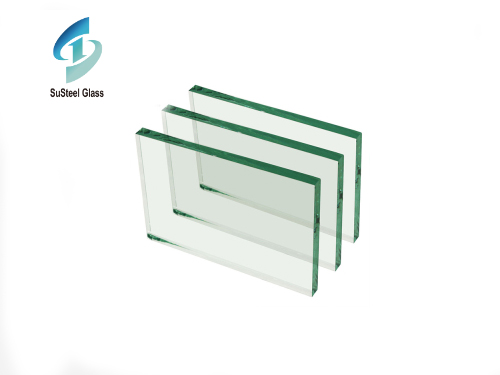 High Purity Tin Ingot: Essential Uses and Key Advantages
High Purity Tin Ingot: Essential Uses and Key Advantages
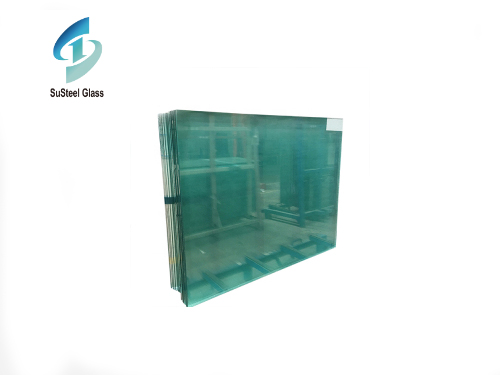 Burglar-Resistant Glass: Enhancing Security and Peace of Mind
Burglar-Resistant Glass: Enhancing Security and Peace of Mind
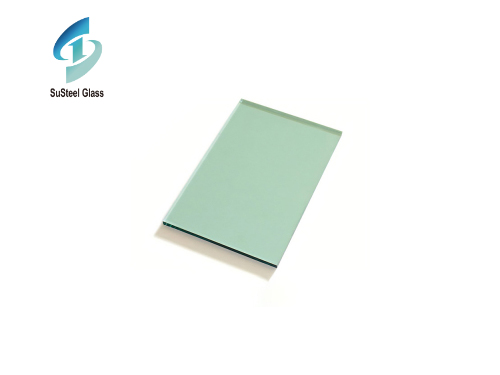 Exploring the World of Green Tinted Glass Products: Versatility and Sustainability
Exploring the World of Green Tinted Glass Products: Versatility and Sustainability

